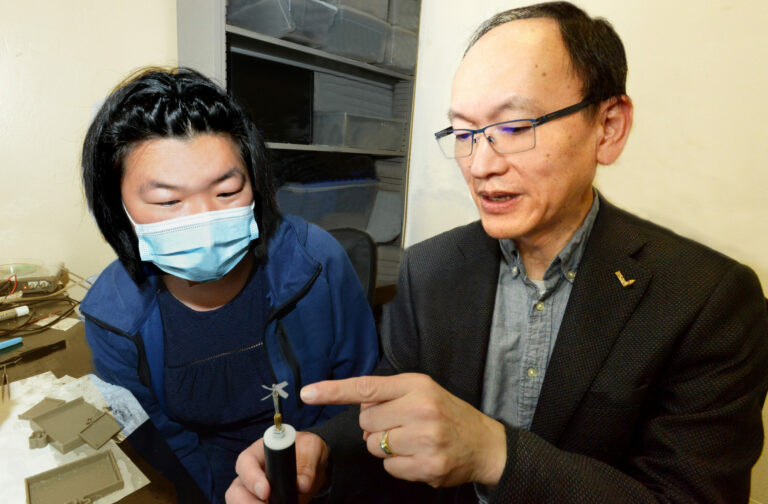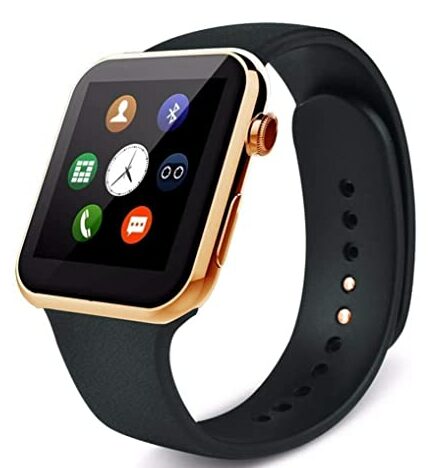
Liwei Lin
Mechanical EngineeringLiwei Lin is a Professor in the Department of Mechanical Engineering.
Project Description
Safe and Deformable Soft Batteries
Safe and deformable soft batteries are desirable for modern products that call for good safety features such as cell phones and good conformability to be embedded onto irregular surfaces in electronics systems. Current Li-ion batteries on the commercial market are rigidly packaged and hermetically sealed to prevent: 1) the intrusion of moistures which degrade performances; and 2) the leakage of toxic and flammable electrolytes due to mechanical damages. On the other hand, various deformable/stretchable batteries have been reported in research articles and they have shown good conformability but suffered from significant performance degradation over time with low operation hours in the ambient environment. The fundamental challenge for safe and flexible battery is that both the modulus of elasticity and gas permeability of materials are inextricably linked. A conformable battery needs to use materials with low elastic modulus containing a high amount of free volume between polymer chains for good flexibility. However, this allows the penetration of moistures for performance degradations. Furthermore, the conventional organic electrolytes are both toxic and flammable while the flexible polymer package materials can be easily damaged without surviving in the working environment. In a drastic new approach, Lin’s team has proposed key innovations to circumvent the common battery safety and hermetic sealing issues, including the usage of a non-toxic, aqueous hydrogel electrolyte instead of organic electrolytes.
Liwei Lin’s Story
As you read these words most likely you are wearing one or more electronic devices, in fact you might even be reading these words on a wearable electronic system. Wearable electronics, such as the wide array of “smart” devices, including watches, earphones, headsets, glasses, etc., have become ubiquitous and their continued spread will only be constrained by a single major technical factor – our ability to power them with batteries that are safe, energy-efficient, and flexible or conformable enough to adapt to irregular shapes and surfaces.
“Current lithium ion batteries on the commercial market are rigidly packaged and hermetically sealed to prevent the intrusion of performance degrading moistures and the leakage of toxic and flammable electrolytes,” says Bakar Fellow Liwei Lin. “Nearly all the reported deformable/stretchable non-aqueous batteries with good conformability suffer from significant performance degradation over time, and only survive for a few days in the ambient environment.”
Lin, the James Marshall Wells Professor in the Department of Mechanical Engineering, and Co-Director of the Berkeley Sensor and Actuator Center, will be applying his Spark Award to the development of safe and deformable “soft” batteries – meaning the shape of the batteries can be conformed in all directions. The soft batteries he and his research group are developing circumvent safety and hermetic sealing issues by using a customized non-toxic, aqueous hydrogel electrolyte instead of the organic electrolytes used in today’s lithium ion batteries. In addition, these aqueous hydrogel-based batteries can be stretched to more than a ten times their original length without fracture, and should be easy to mass-produce using readily available manufacturing technologies.


Q: With battery energy density being critical to the performance of wearable electronics, and a battery’s operational voltage window being critical to its energy density, how does the operational voltage window of your soft batteries compare to that of other aqueous-based soft batteries?
A: The operational voltage windows of other aqueous-based soft batteries have been limited to about 1.23 volts because of the electrolysis of water molecules as they break down into hydrogen and oxygen. Our soft battery works under an operational voltage window of 2.77 volts, which is more than double that of other aqueous-based systems and comparable to that of lithium ion batteries.
Q: How are you able to achieve such a high operational voltage window?
A: We embed a “water-in-salt” (WiS) electrolyte into our hydrogel that broadens its electrochemical stability window by significantly suppressing the reactivity of water molecules.
Q: What gave you the idea of using this WiS-embedded hydrogel electrolyte as the basis for your soft battery?
A: We were exploring self-healing hydrogels that were highly stretchable and provided good ion-conductivity as an electrolyte for supercapacitors, another type of energy storage device. We found that these hydrogels also exhibit a high electrochemical stability window. We realized they could be utilized to make deformable batteries with high energy density and safety properties that could potentially bridge the gap between existing aqueous stretchable batteries and commercial Lithium ion batteries.
Q: Moving forward, what are the challenges for developing your soft battery technology to the point of commercialization?
A: The major technical challenges we face are further material and system optimizations, such as selecting new cathode and anode materials that take full advantage of our proposed battery system; further packaging considerations and designs, such as enhancing stretchability and stability by selecting different elastomers that can function under severe weather and temperature conditions; and transitioning battery fabrication to large-scale, low-cost manufacturing technologies.
Q: How do you currently make your soft batteries?
A: Right now we use a stencil printing process to fabricate our electrodes in a layer-by-layer fashion on elastomer substrates, after which the entire device is assembled by sandwiching the hydrogel between two electrode layers. All of these materials and processes lend themselves to high-throughput, roll-to-roll fabrication technologies such as screen or gravure printing.
Q: What are the more immediate applications you see for your soft batteries?
A: Our soft batteries will be advantageous for any wearable electronics that require direct human-machine interfaces. For example, integrating our batteries into the wristband of a smart watch would multiply the watch’s battery capacity, which means it would only need to be charged once a week or once a month instead of every day. Our batteries will also be useful for wearable or implantable biosensors as they can comply with changes of the human body without limiting the mobility of the individual wearing the device.
Q: How soon might we see commercialization of your soft battery technology?
A: We anticipate the commercialization of the soft batteries in 3 to 5 years with further maturation of the technology.